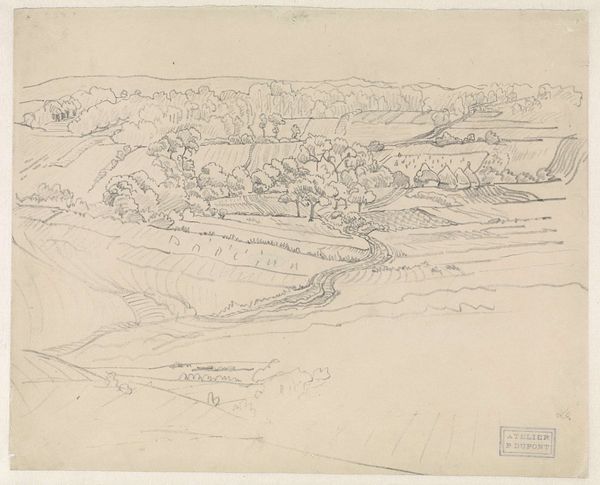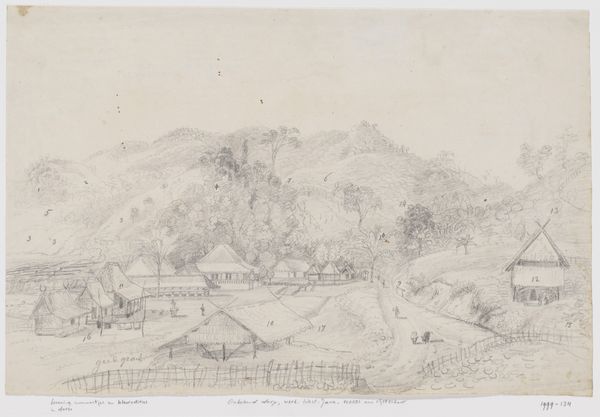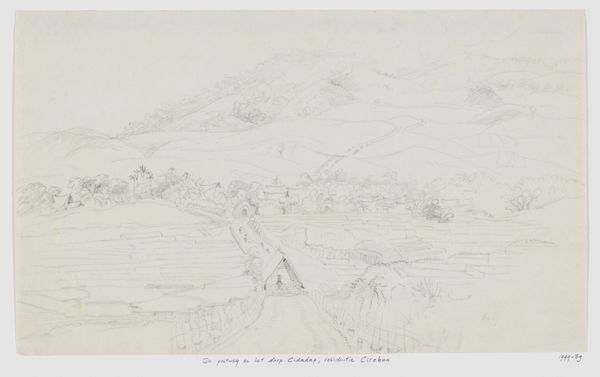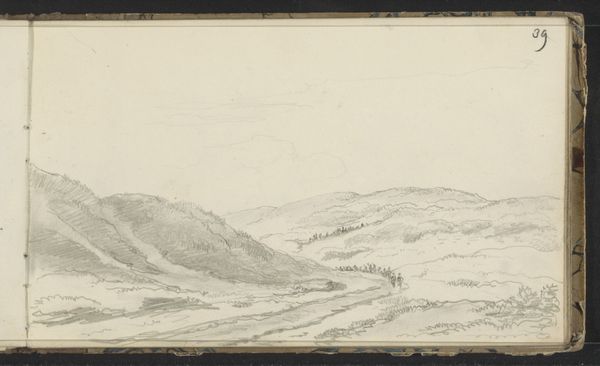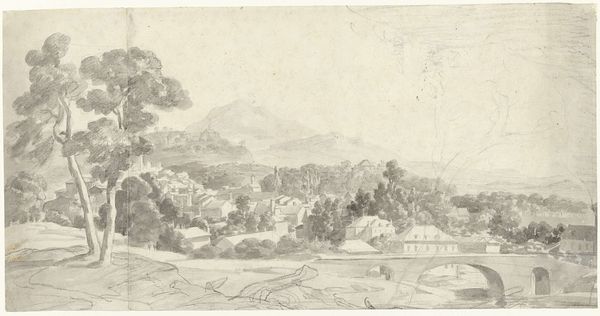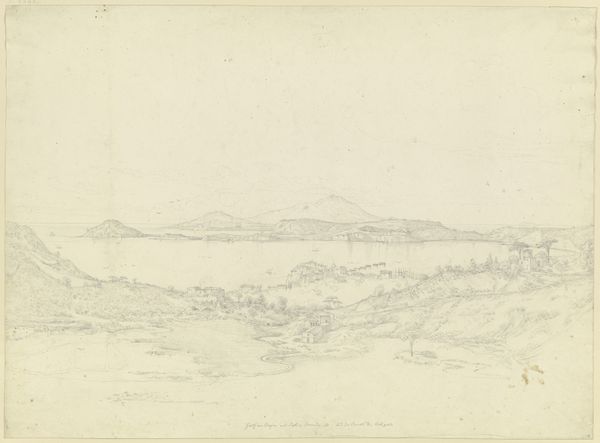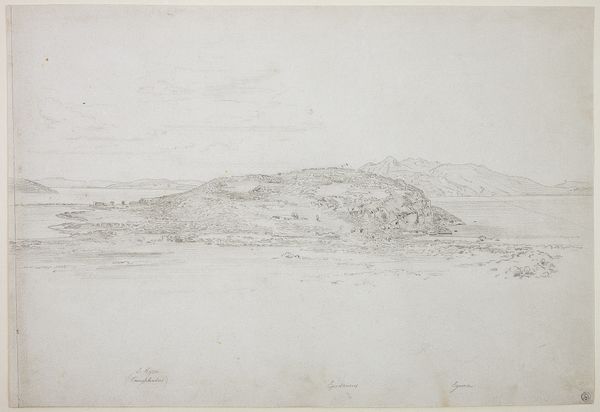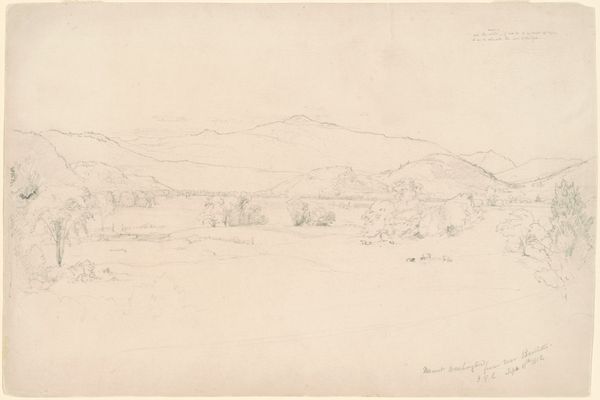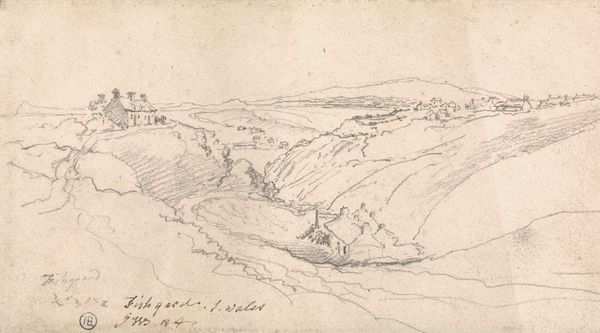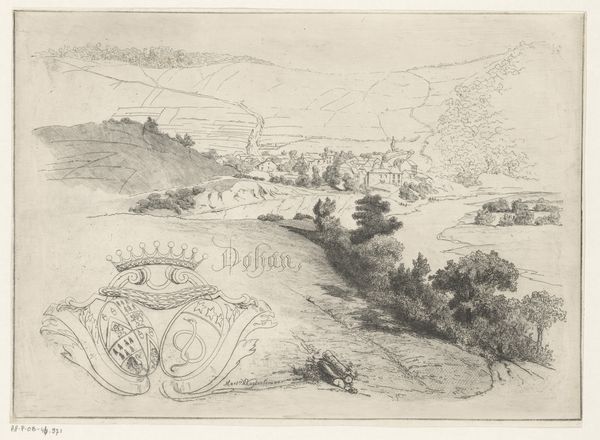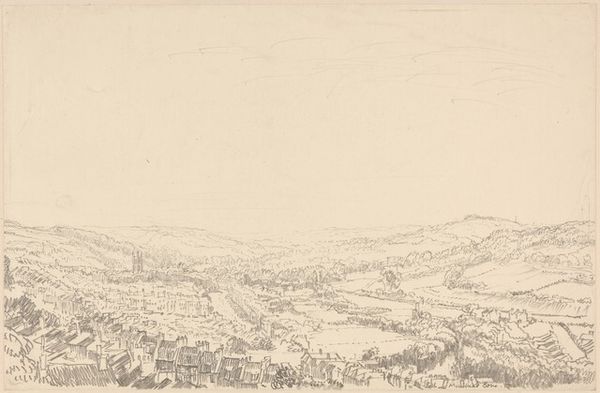
print, etching
# print
#
etching
#
landscape
#
etching
#
cityscape
#
history-painting
Dimensions: height 145 mm, width 231 mm
Copyright: Rijks Museum: Open Domain
Editor: This etching, dating back to the 1830s, is called "Siege of Luxembourg, 1684." I find the details of the landscape fascinating, even though it’s quite different from landscapes created by French and Dutch artists during the Golden Age. How do you interpret this work? Curator: Looking at it through an activist lens, the "Siege of Luxembourg" compels us to consider the narrative of power and resistance inherent in such historical depictions. This print isn't just a pretty cityscape; it represents a moment of intense conflict, a power struggle etched in lines and shading. Who is missing from the image? What perspectives are not being shown, and whose stories are left unheard? Editor: That's a perspective I hadn't considered! So, you’re asking who gets to control the historical narrative through art? Curator: Precisely. Consider the subject of the siege itself: What impact did this conflict have on the people of Luxembourg, on the local communities who were displaced, whose lives were irrevocably changed? Visual representations often fail to account for the stories of the marginalized and those without power. It’s critical to ask if we are perpetuating a skewed vision of history, especially as we continue to grapple with the repercussions of colonialism and conflict today. Does this artwork challenge the viewer to examine their own relationship to power, oppression, and resistance? Editor: I guess I hadn’t thought of an etching this way, but that’s a valid point! Curator: I am happy to share a different approach, one which calls for dialogue and introspection. Looking at historical events through an intersectional lens reveals both its biases and untold truths. What do you take away from this? Editor: That art isn't just about aesthetics, but a reflection of historical narratives and power structures. We must always examine these underlying themes and whose stories might be missing.
Comments
No comments
Be the first to comment and join the conversation on the ultimate creative platform.
